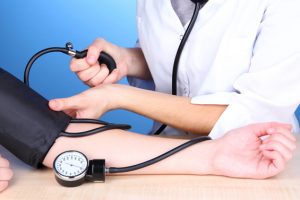Pulmonary Arterial Hypertension: Causes & Diagnosis
By Dhwani Jerajani +2 more

Get,

to manage your symptom
Get your,


4 Cr+ families
benefitted

OTP sent to 9988776655



You’ve successfully subscribed to receive
doctor-approved tips on
Whatsapp

Get ready to feel your best.

Hi There,



Register to Avail the Offer
Send OTPBy continuing, you agree with our Privacy Policy and Terms and Conditions

Hi There,

Trusted by 4 crore+ families

OTP sent to 9988776655



You have unlocked 25% off on medicines




Code: NU25

By Dhwani Jerajani +2 more
 Pulmonary Arterial Hypertension can occur in individuals of all ages. Usually much more common in young adults and is approximately twice as common in women as in men.
Pulmonary Arterial Hypertension can occur in individuals of all ages. Usually much more common in young adults and is approximately twice as common in women as in men. Table of Contents
Links and product recommendations in the information provided here are advertisements of third-party products available on the website. PharmEasy does not make any representation on the accuracy or suitability of such products/services. Advertisements do not influence the editorial decisions or content. The information in this blog is subject to change without notice. The authors and administrators reserve the right to modify, add, or remove content without notification. It is your responsibility to review this disclaimer regularly for any changes.

Leave your comment...
Comments